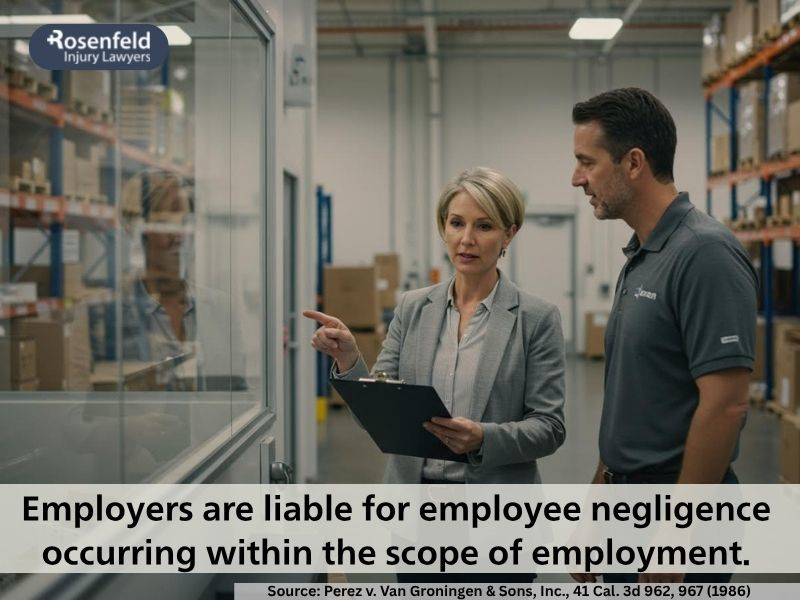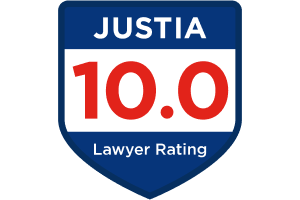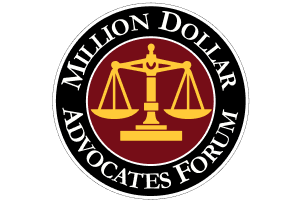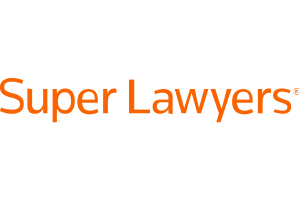- Free Case Evaluation 866-757-6452 Tap Here To Call Us
What Is Vicarious Liability?
Vicarious liability is a legal doctrine that allows one person or entity to be held responsible for the wrongful acts of another. In simple terms, it means a party, such as an employer, school, or organization, can be vicariously liable for harm caused by someone under their authority or control, even if they didn’t personally commit the misconduct.
This principle is rooted in fairness and accountability. It recognizes that certain relationships, like the employer-employee relationship, a hospital and its medical staff, or a school and its teachers, create an obligation to supervise, train, and prevent foreseeable harm.
Under civil law, vicarious liability ensures that injured victims have a practical path to recover compensation when the individual directly responsible lacks sufficient resources or insurance coverage.
In practice, this doctrine applies across multiple areas of civil law, from employment and transportation to medical malpractice and institutional abuse, and plays a crucial role in promoting justice and deterring negligence.

What Role Does Vicarious Liability Have in the Legal System?
The doctrine of vicarious liability, rooted in the principle of respondeat superior (“let the master answer”), ensures that those who benefit from another’s work also share the responsibility for harms that occur within the scope of that work. It fulfills three main purposes in personal injury law: deterrence, risk allocation, and compensation.
Deterrence
Holding employers and institutions liable for the actions of their employees encourages stronger training, supervision, and compliance policies. When organizations know they can be held accountable for employee conduct, they have powerful incentives to prevent negligence and reduce avoidable harm.
Risk Allocation
The doctrine ensures that the cost of damages caused by workers falls on the party best equipped to handle it, like the employer, company, or entity, rather than the individual employee. Through insurance and internal safeguards, organizations distribute liability fairly across their operations, reflecting their role in creating and controlling workplace risks.
Compensation
Vicarious liability also protects victims. Those injured by an employee acting in the course of employment can seek compensation from an employer with the means or insurance coverage to pay. Without this secondary liability, many personal injury victims would be unable to recover damages from low-income workers or contractors.
Institutional Duty
Finally, vicarious liability reinforces an ethical duty: institutions must supervise, train, and protect people under their authority, especially when vulnerable populations like children, patients, or residents are involved. When harm is foreseeable, organizations cannot escape their non-transferable obligation to act responsibly.
In short, vicarious liability links legal accountability with moral responsibility, ensuring that those who exercise control and profit from others’ labor are also the ones who answer for the harm that results.
Where Does Vicarious Liability Apply in Civil Law?
The doctrine of vicarious liability extends across many areas of civil and tort law, allowing victims to pursue compensation from a party responsible for another’s negligence. Whether in employment, healthcare, or institutional settings, the principle ensures that those who exercise control over others are also accountable for the harm they cause in the line of duty.
Employment Law
Under respondeat superior, an employer may be held vicariously liable for the negligent conduct of an employee acting in the line of duty of their employment.
For example, if a delivery driver causes a car accident while making deliveries for a company, the employer can be held liable for the resulting injuries and harm caused. This rule reflects the employer’s responsibility to train and supervise staff and to avoid liability by maintaining safe practices.
Medical Malpractice
In the healthcare setting, hospitals and clinics may be vicariously liable for negligence by doctors, nurses, or other staff members who are direct employees. If a nurse administers the wrong medication or a staff doctor commits a surgical error, the hospital may be held accountable for the resulting injury.
However, this liability does not always extend to independent contractors, such as visiting specialists, unless the hospital’s conduct created an apparent authority, meaning the patient reasonably believed the doctor was acting under the hospital’s authority.
Police Misconduct
Municipalities and police departments may face civil lawsuits under respondeat superior when an officer, acting within their official duties, commits misconduct such as excessive force or false arrest. Although criminal law holds the individual officer accountable for their actions, civil law allows victims to pursue the city or department for damages resulting from institutional failure or lack of proper supervision.
Business Torts and Commercial Liability
Corporations and other business entities can also be held liable for torts committed by their agents or representatives while acting on the company’s behalf.
For example, if a marketing employee defames a competitor or commits fraud in a transaction, the company may be held accountable because the act was performed in the course of employment and under the company’s authority. These cases emphasize that liability extends beyond physical injuries to include financial and reputational harm.
Transportation and Trucking Accidents
In the transportation industry, carriers, freight companies, and logistics firms may be vicariously liable for accidents caused by drivers while carrying out job responsibilities.
Even when a driver is labeled an independent contractor, courts may still find an employment relationship if the company exercises significant control over the driver’s duties, routes, or working conditions. This ensures that victims of serious trucking accidents can seek recovery from an entity with an adequate insurance policy.
Sexual Abuse and Institutional Misconduct
Vicarious liability also plays a central role in sexual abuse and institutional misconduct cases. Schools, churches, youth organizations, and foster care agencies can be held liable when abuse is committed by teachers, clergy, or staff acting in positions of authority.
These sexual abuse lawsuits often rely on evidence of institutional knowledge, power dynamics, and control, showing that the entity had the ability to prevent the harm but failed to act. When institutions neglect their non-delegable duty to supervise and protect vulnerable individuals, courts may find them vicariously liable for the injury and trauma that result.
Personal Injury Law
Across all of these contexts, vicarious liability forms the backbone of modern personal injury practice. It allows victims of negligence, assault, or other torts to recover compensation from the party best positioned to bear responsibility, typically an employer, hospital, business, or institution with the means to pay.
Whether a case involves a car crash, a medical error, or institutional abuse, the principle ensures that the law holds every entity in the chain of authority accountable for the harm committed under their supervision.
What Are the Legal Standards for Vicarious Liability?
For a party to be held vicariously liable under civil law, certain legal standards must be met. These standards ensure that liability is based on a genuine relationship of control and responsibility, rather than simple association.
Courts typically look for three key elements:
1. The Act Occurred Within the Scope of Employment
The wrongful act or omission must have been committed while the employee or agent was performing duties related to their job or serving the employer’s interests. This is often referred to as acting “within the scope of employment.”
For example, if a delivery driver causes a car crash while completing a delivery route, the employer may be liable. However, if the driver was running a personal errand unrelated to work, the employer likely would not be.
2. The Actor Was Under the Authority or Control of the Liable Party
Vicarious liability depends on the existence of an employer-employee or principal-agent relationship. The more control the principal exercises over the subordinate’s work, the stronger the case for vicarious liability. Independent contractors typically fall outside this rule because they maintain control over how and when they perform their work.
However, if a company exerts significant control or presents the contractor as its agent (a concept known as “apparent authority” or “apparent agency”), liability may still apply.
3. The Harm Was a Reasonably Foreseeable Result
Courts also consider whether the harm or injury was a reasonably foreseeable result of the employee’s duties. If the wrongful conduct is connected to the risks inherent in the job, the employer can be held accountable for the damages caused. For instance, a security guard who injures someone while restraining a customer may create foreseeable liability for the company that hired them.
Intentional Torts vs. Negligent Acts
Traditionally, vicarious liability is easier to establish for negligent acts, such as careless driving, mishandling equipment, or failing to follow safety protocols, because these fall naturally within the scope of ordinary employment.
Intentional torts, like assault, harassment, or sexual abuse, are more complex. Some courts refuse to hold employers accountable for intentional wrongdoing because it lies outside an employee’s authorized duties.
Yet in other cases, especially those involving schools, churches, hospitals, or care facilities, courts have allowed vicarious liability when the employee’s position of trust or authority made the harm possible or foreseeable.
In essence, vicarious liability arises when a person or entity with power and control benefits from another’s work and bears a corresponding legal duty to prevent foreseeable harm caused by that relationship.

FAQs
Can an employer be held vicariously liable for the actions of an independent contractor?
Usually not. Vicarious liability applies to employer-employee or principal-agent relationships where the employer controls how work is done. Pure independent contractors, volunteers, or freelancers are typically excluded. Employers are also not liable for acts outside the scope of employment or criminal acts unrelated to job duties.
Is there business insurance for vicarious liability?
Yes. Most business insurance policies include coverage for vicarious liability, protecting companies from financial losses caused by employees’ negligent acts committed within the scope of employment.
Is vicarious liability different from imputed liability?
They are closely related. “Vicarious liability” refers to one party being held liable for another’s wrongful acts, while “imputed liability” is a broader term that describes the legal transfer of fault from one person to another.
Does negligent supervision constitute vicarious liability?
No. Negligent supervision is a form of direct liability because it focuses on the employer’s own failure to manage or oversee staff. Vicarious liability, by contrast, is indirect, meaning the employer is held responsible for harm caused by another’s actions, even without personal fault.








